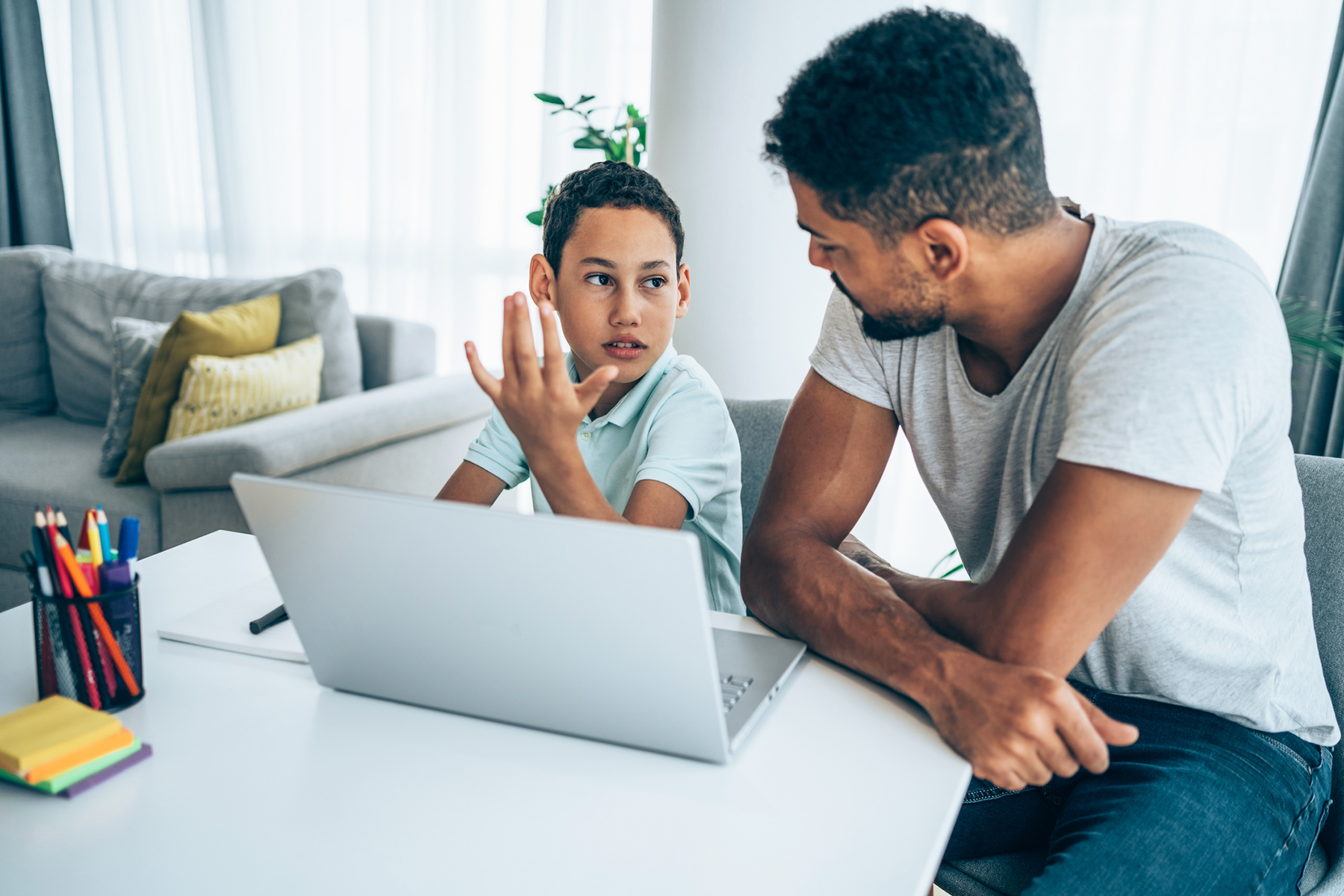The term dyslexia is widely recognized but often misunderstood. Part of the challenge of living and learning with dyslexia stems from a lack of knowledge surrounding what dyslexia is and what causes it, what it’s like to have dyslexia, and how it presents itself. If teachers and parents aren’t extremely familiar with what to expect, it can be difficult to offer appropriate instruction. Below, we’ve put together a guide to help better understand how dyslexia shows up in children and what it’s like to live with.
Dyslexia is defined as a language-based learning disability or difference in the ability to process the phonological component of language which leads to trouble decoding and fluently reading words. This learning challenge exists on a continuum, which means it ranges from mild to more severe. While people can mitigate the effects of dyslexia, it is a chronic learning difficulty that typically persists into and through adulthood. Most children still succeed despite their dyslexia, especially with the help of early intervention, evidence-based teaching methods, and differentiated core instruction.
The scientific community continues to investigate the exact causes of dyslexia. Dyslexia is understood to be caused by phonological deficits or differences in how a child’s brain processes letters and sounds, which makes it difficult to process sounds of both written and spoken language. We do know that dyslexia is hereditary, with a family history of reading problems associated with a four times greater risk of dyslexia.
A vast majority of people believe that people with dyslexia see letters and numbers backwards or in reverse. Reversals of this nature actually occur as a normal part of childhood development, and happen to many children, but this is not indicative of or associated with dyslexia. Rather, a child with dyslexia struggles to recognize phonemes, or the basic sounds of speech. Dyslexia causes children to have difficulty remembering and reproducing these sounds, making it extremely challenging to recognize short words or sound out longer ones.
Children with dyslexia may not be able to read words even if they’ve studied and learned them several times. It may take extra effort to read or sound out words that the child definitely knows. Additionally, children with dyslexia may even mix up letters and read, interpret, or say them in the incorrect order. Dyslexia also makes it difficult to remember events or facts from a piece of reading, and it may be easier to hear the same story out loud. These challenges typically apply to reading language, but can also co-occur with difficulties in writing, arithmetic, and executive functions.
Having dyslexia can be frustrating for children and adults alike, as they often know the information or have studied it many times, but cannot readily present it in context. When living or working with someone who has dyslexia, it’s important to understand what it is they’re experiencing. People with dyslexia are not limited in their academic or career-related abilities, and they shouldn’t be made to feel that way.
We can make a difference. Hill Learning Center is dedicated to transforming students with learning differences and attention challenges into confident, independent learners. Contact us if you’re interested in taking the next step.
Source: IDA, Understood
